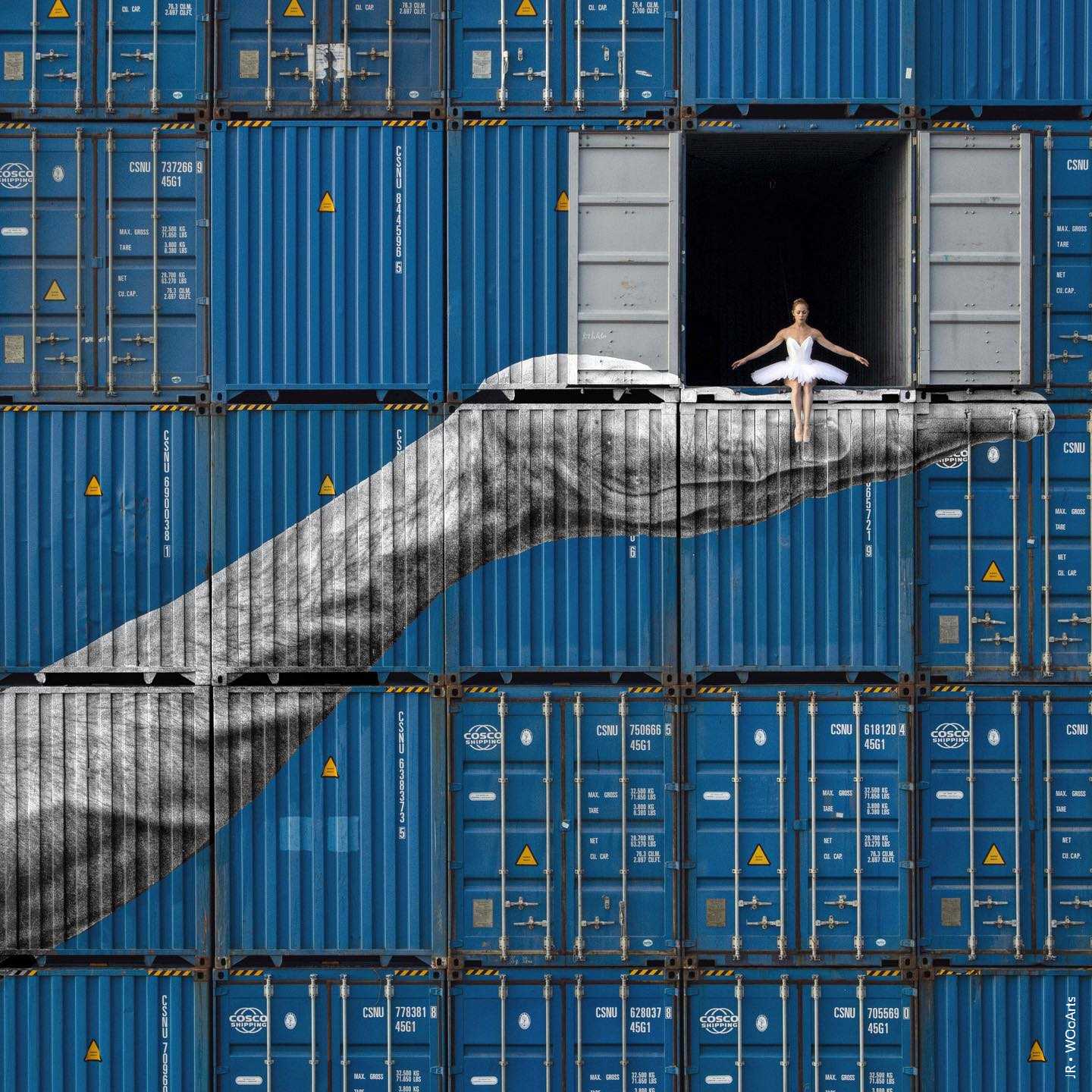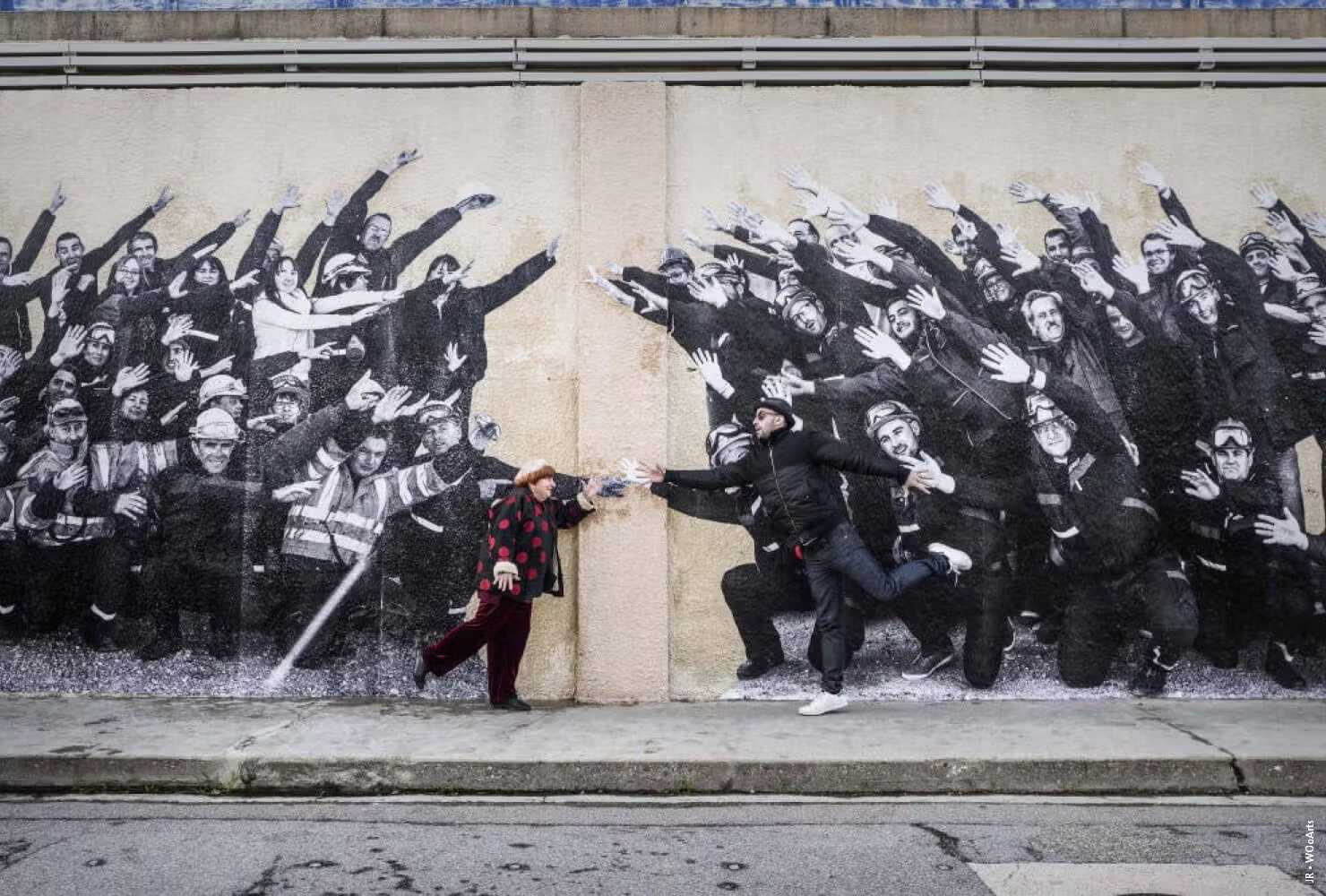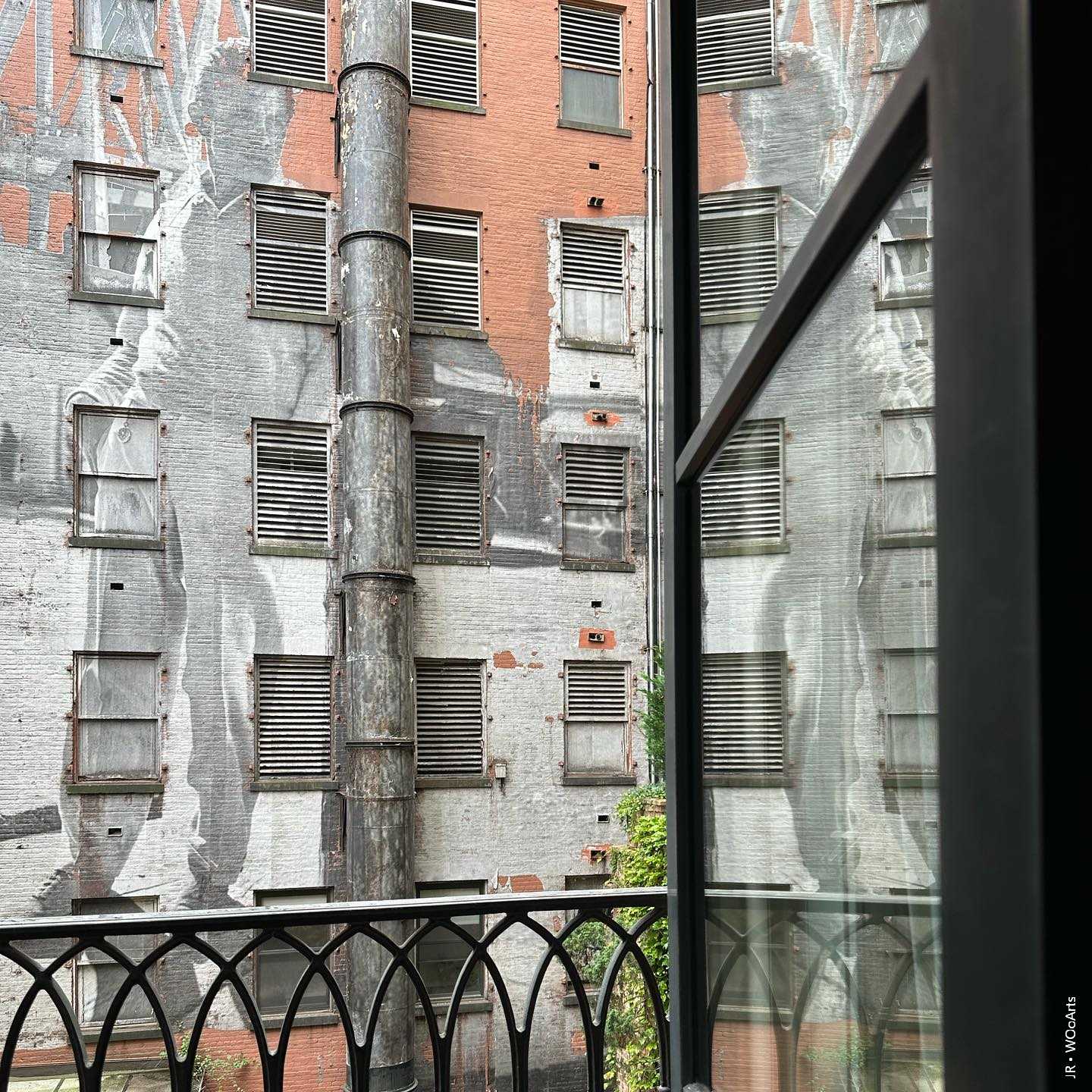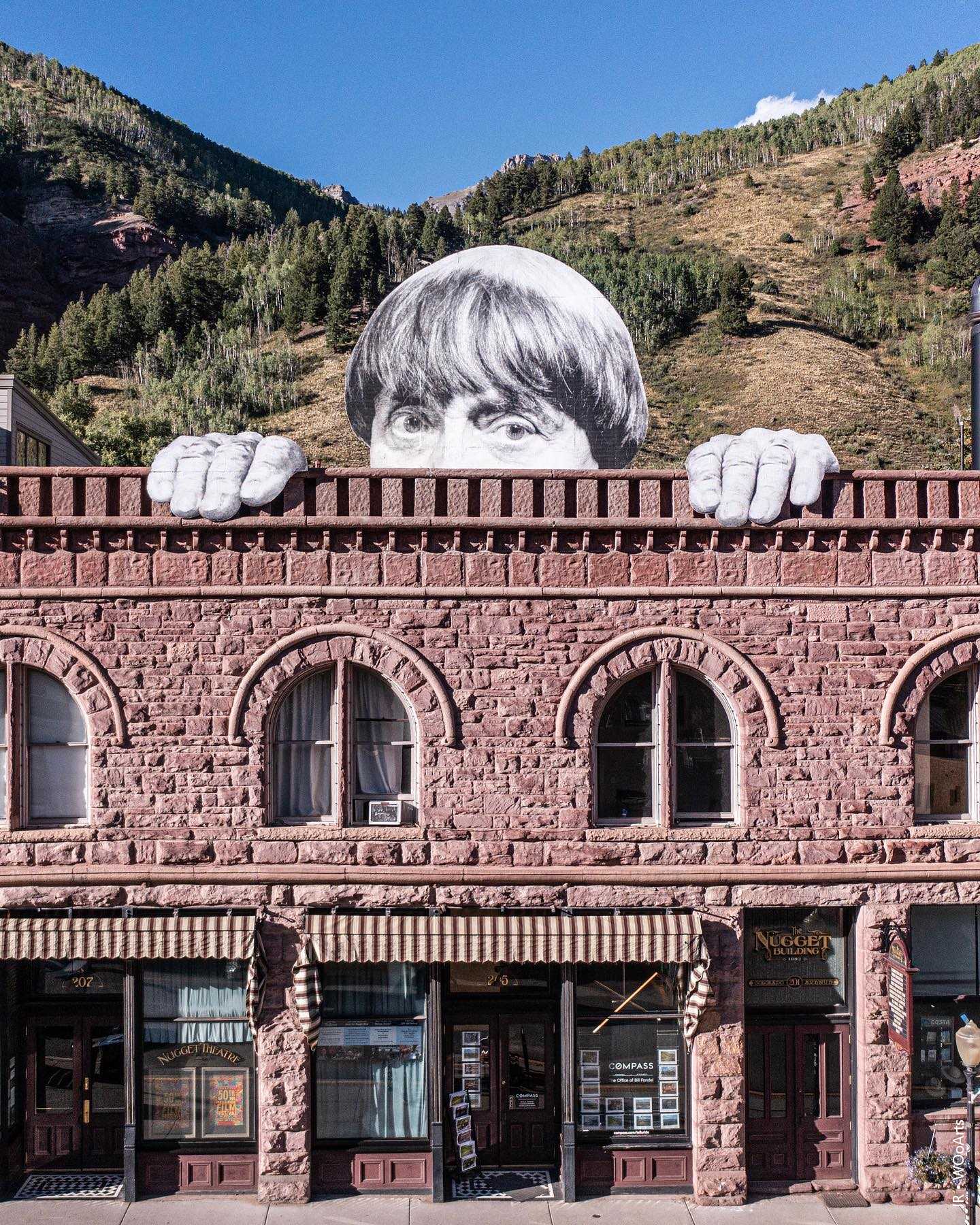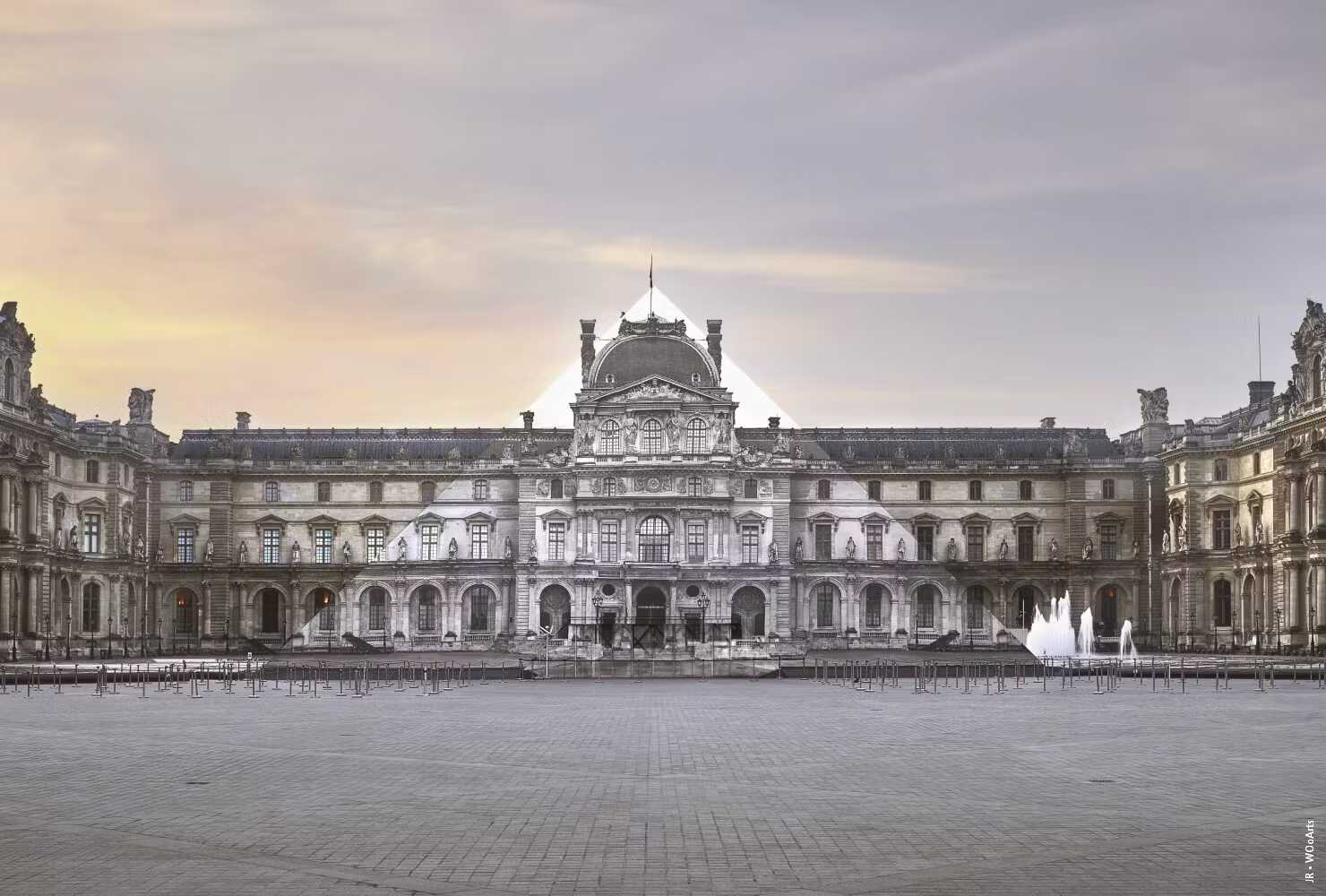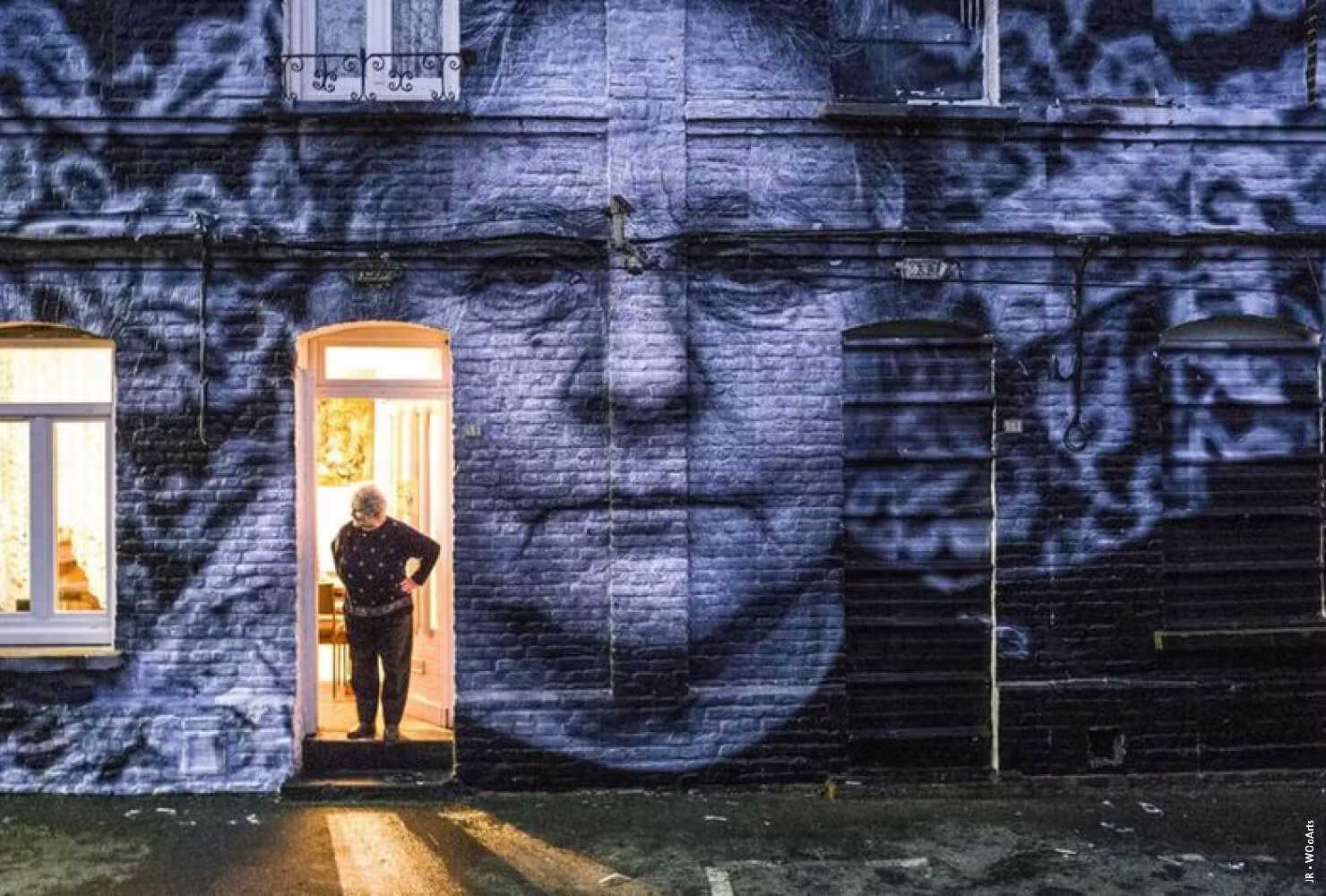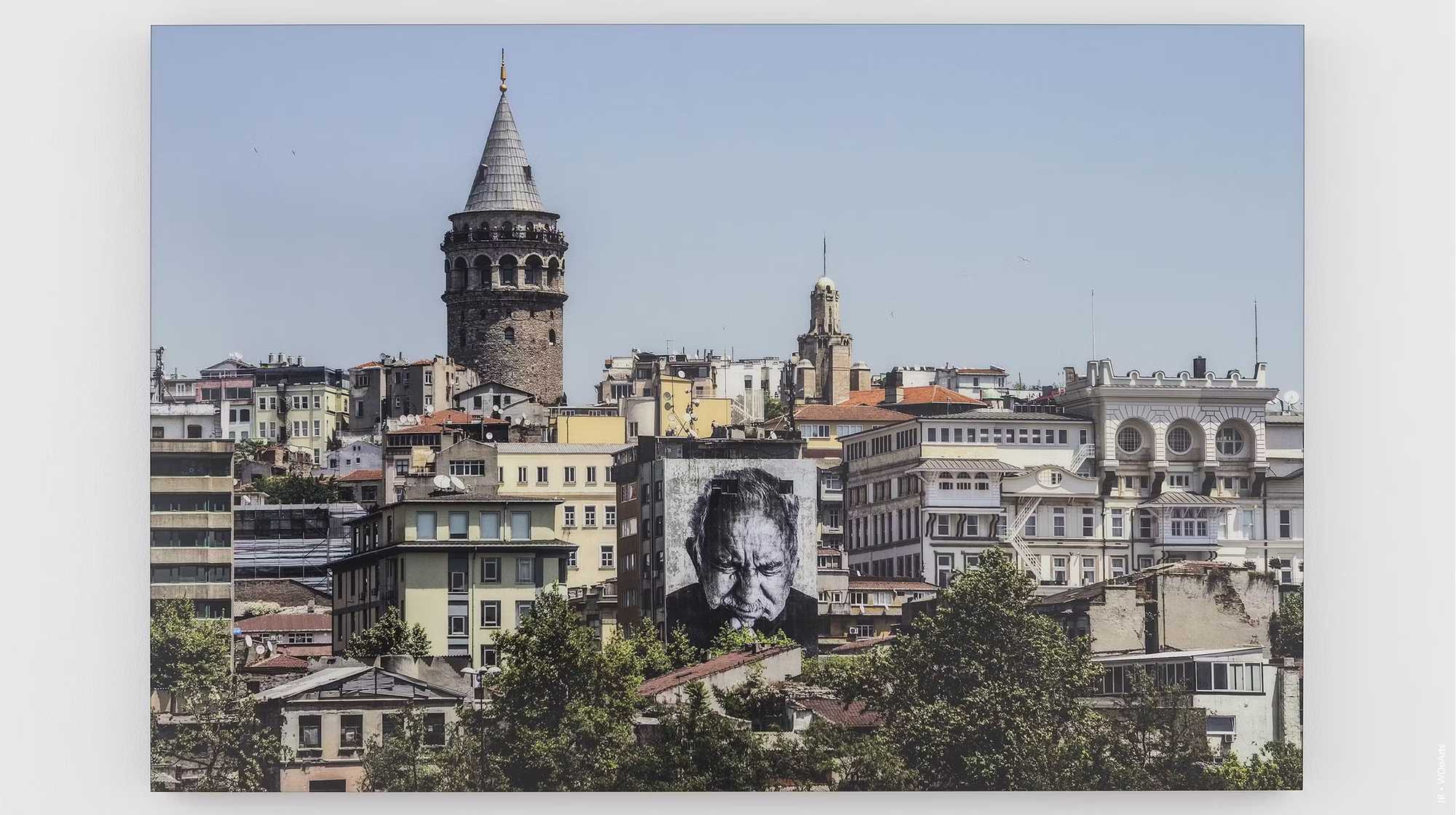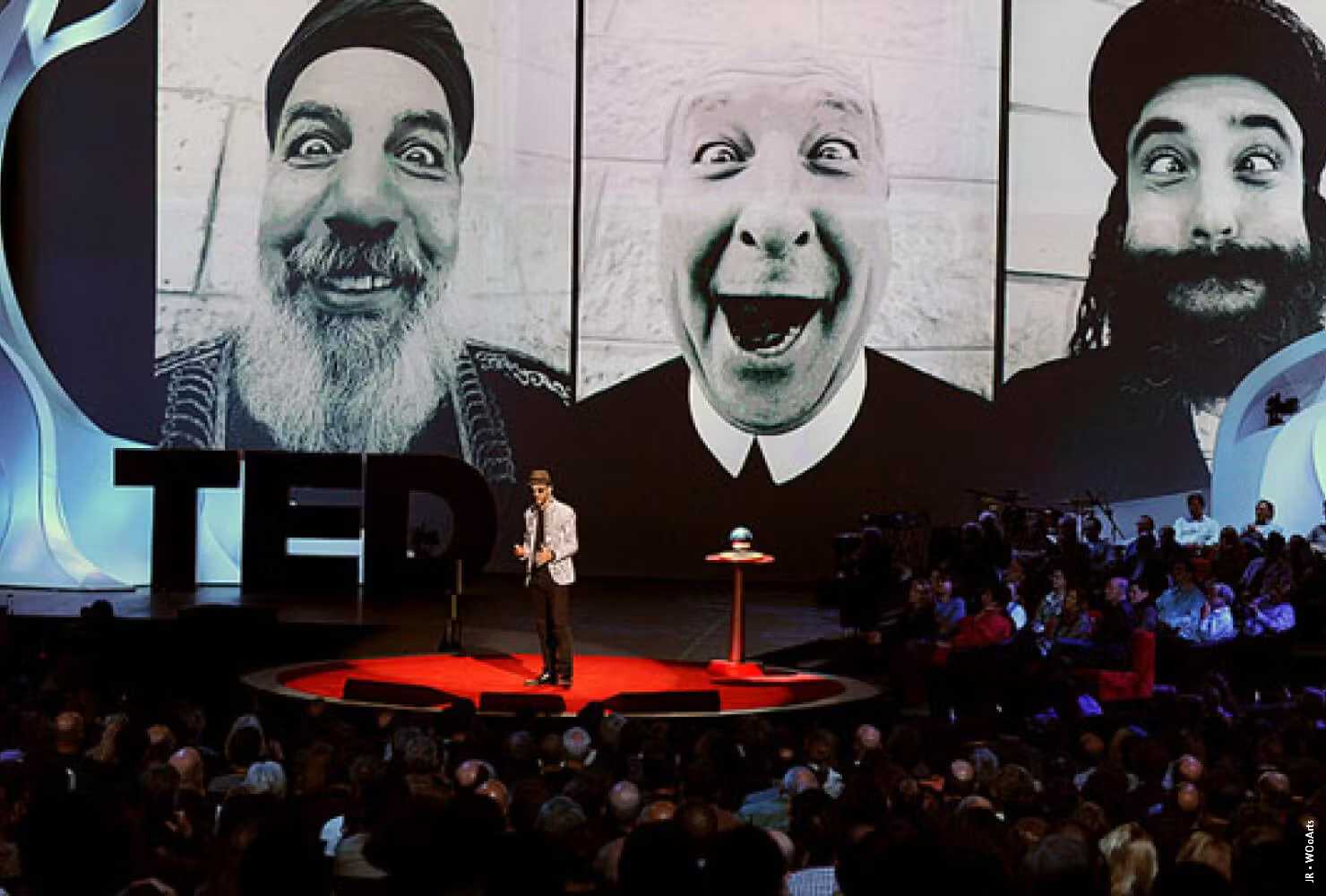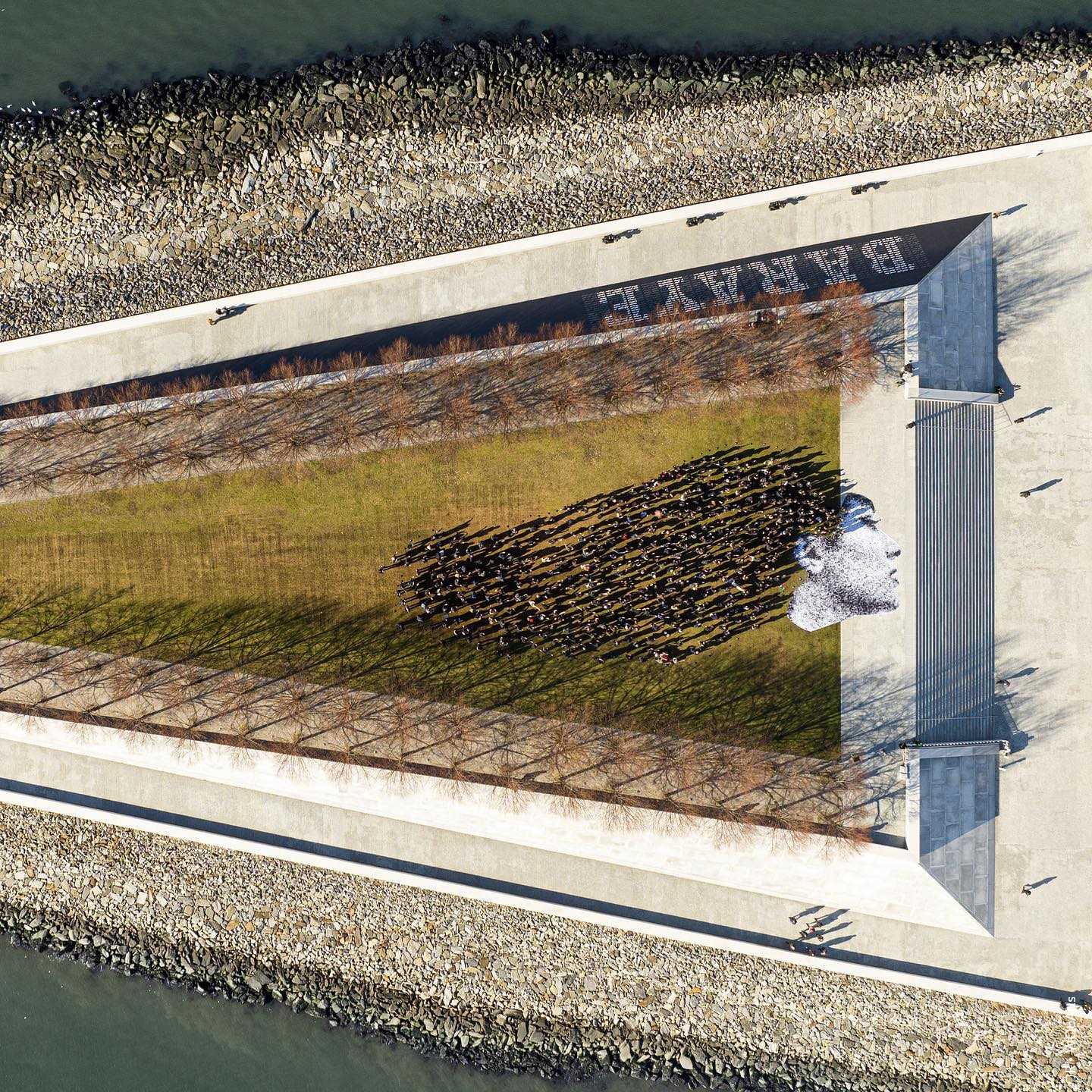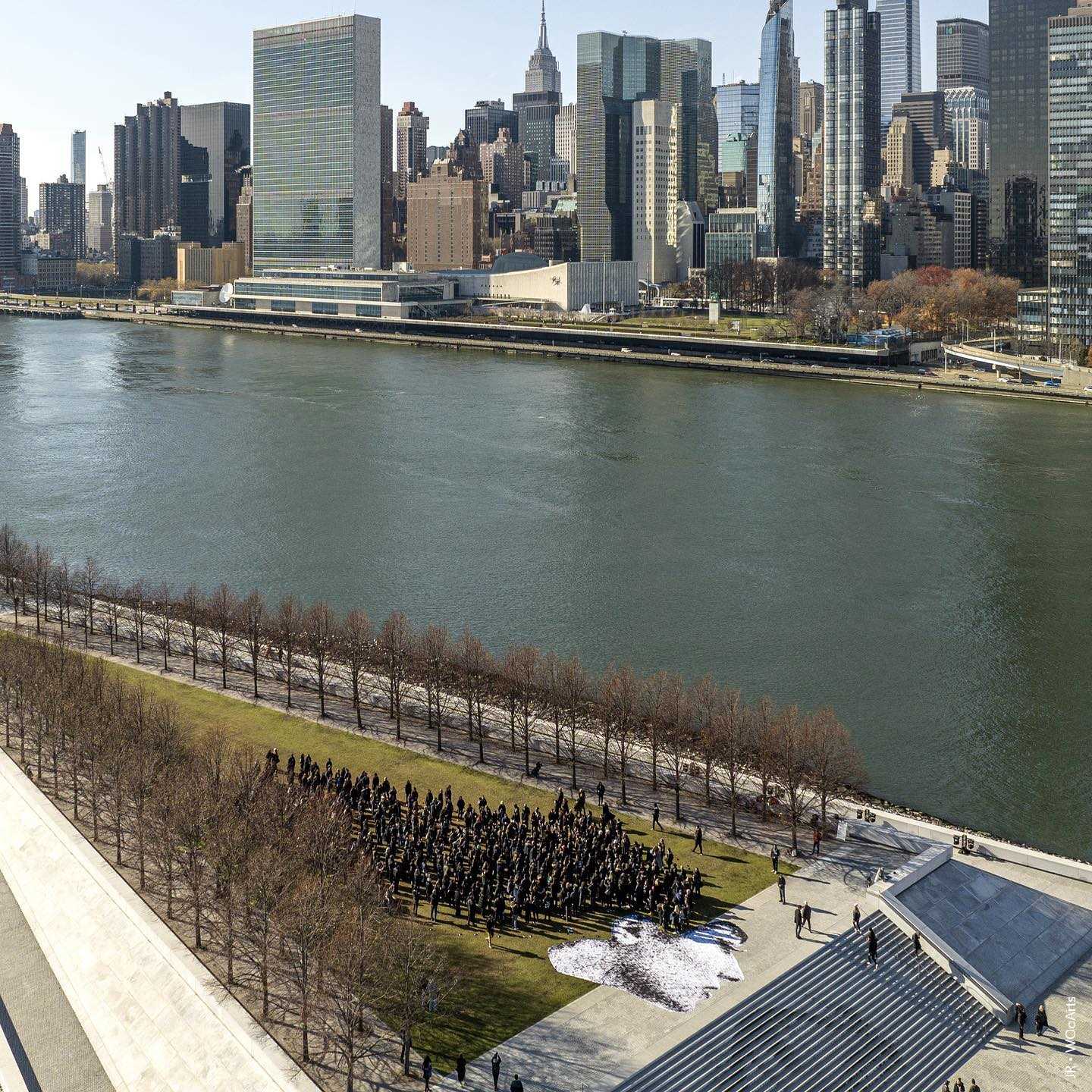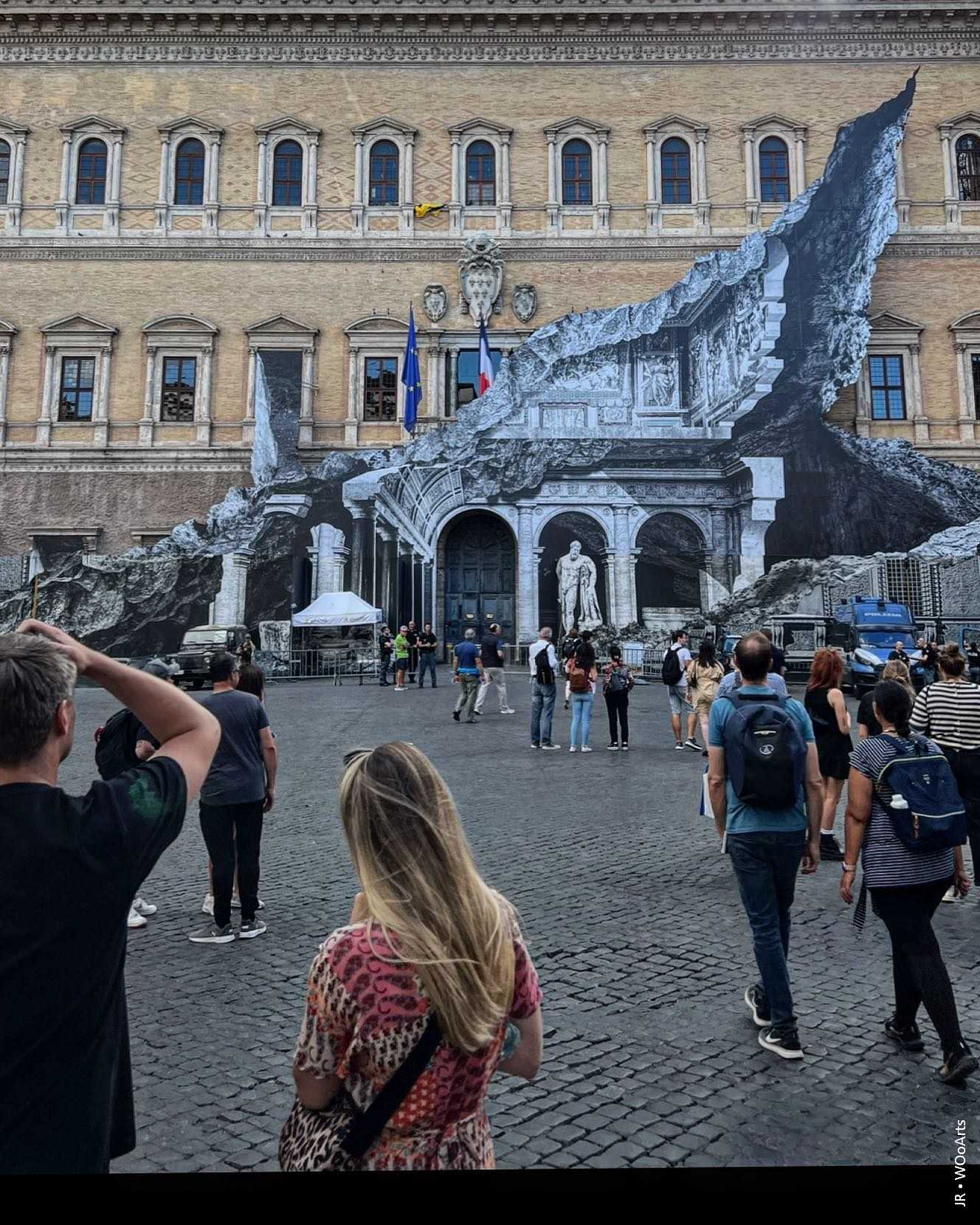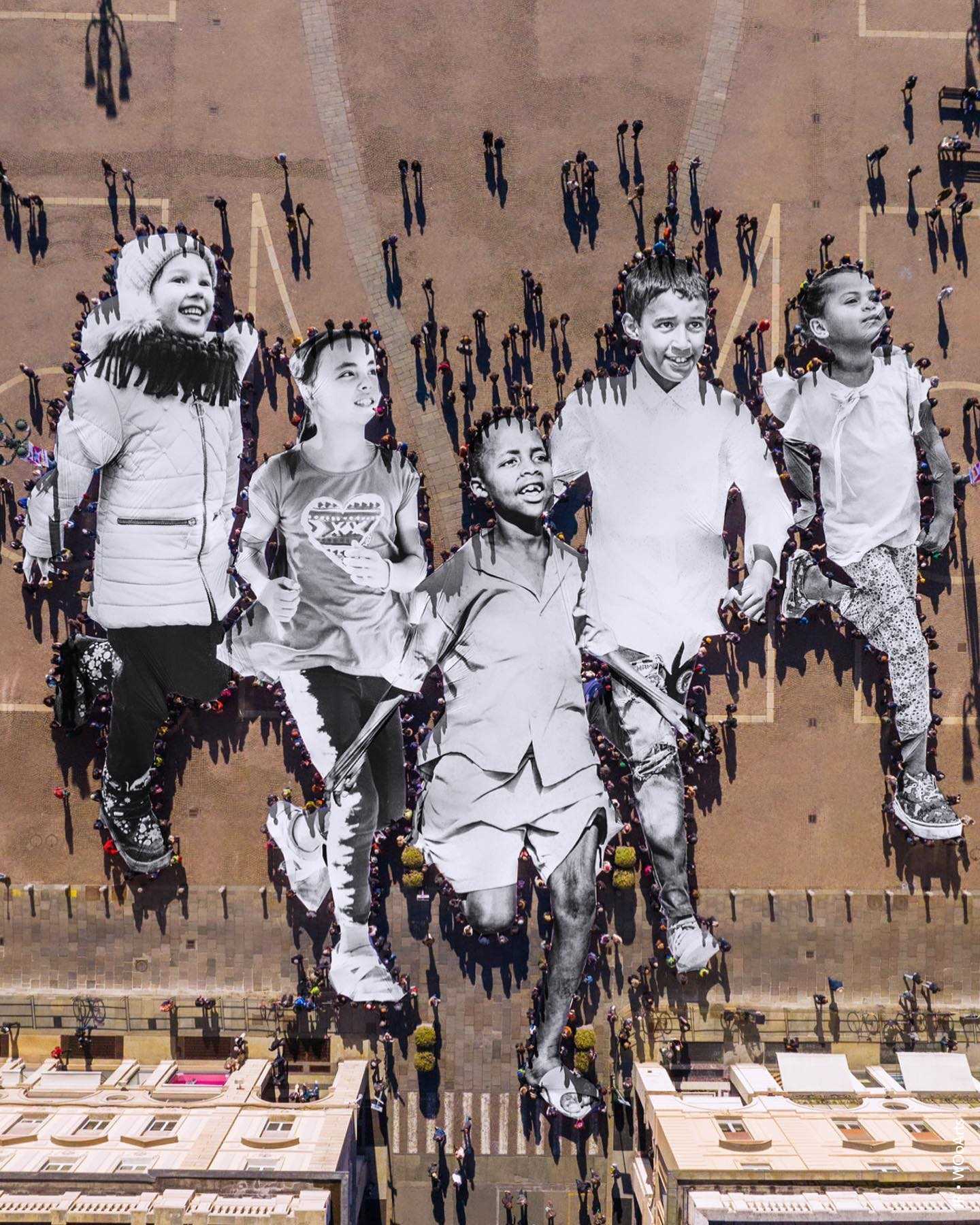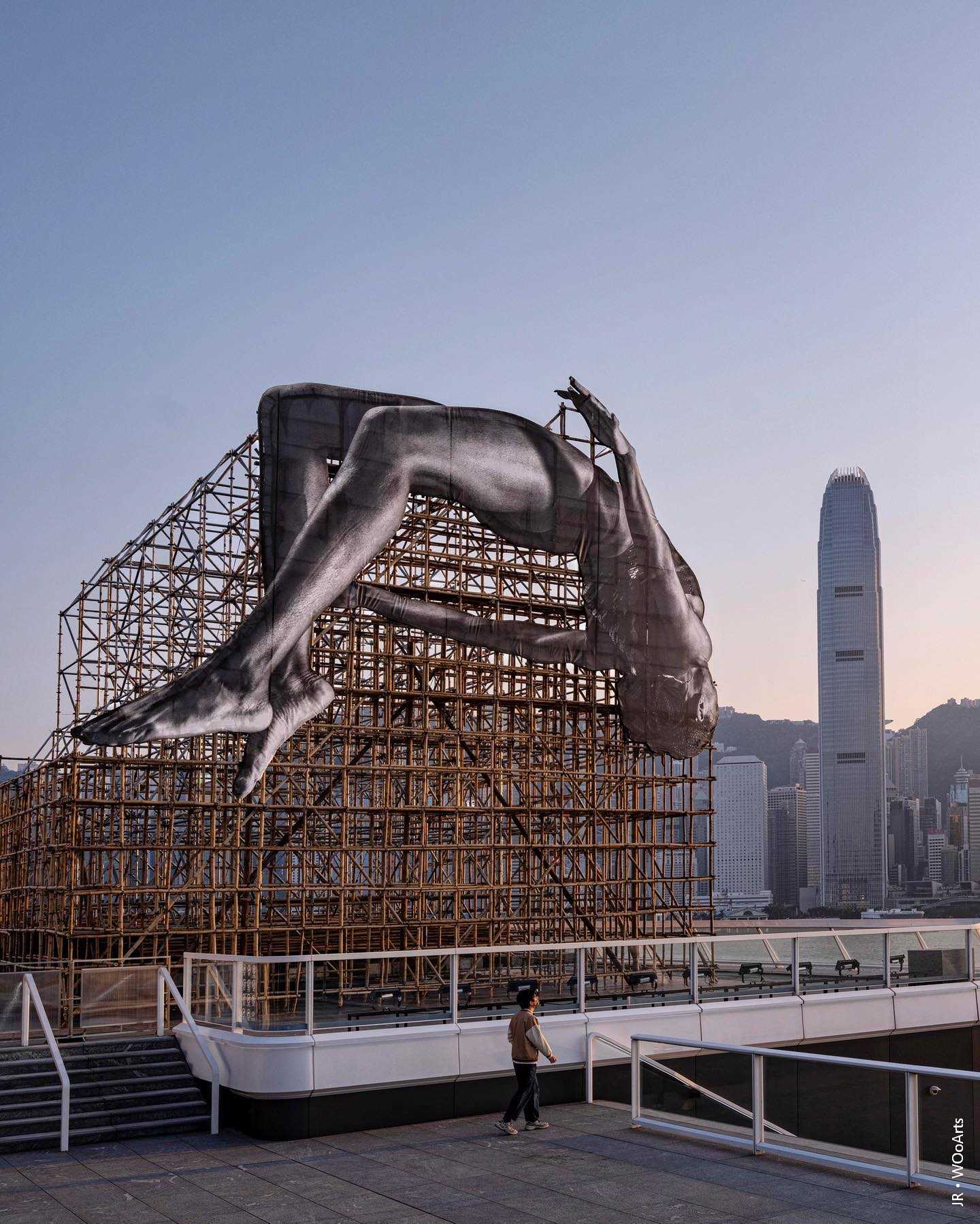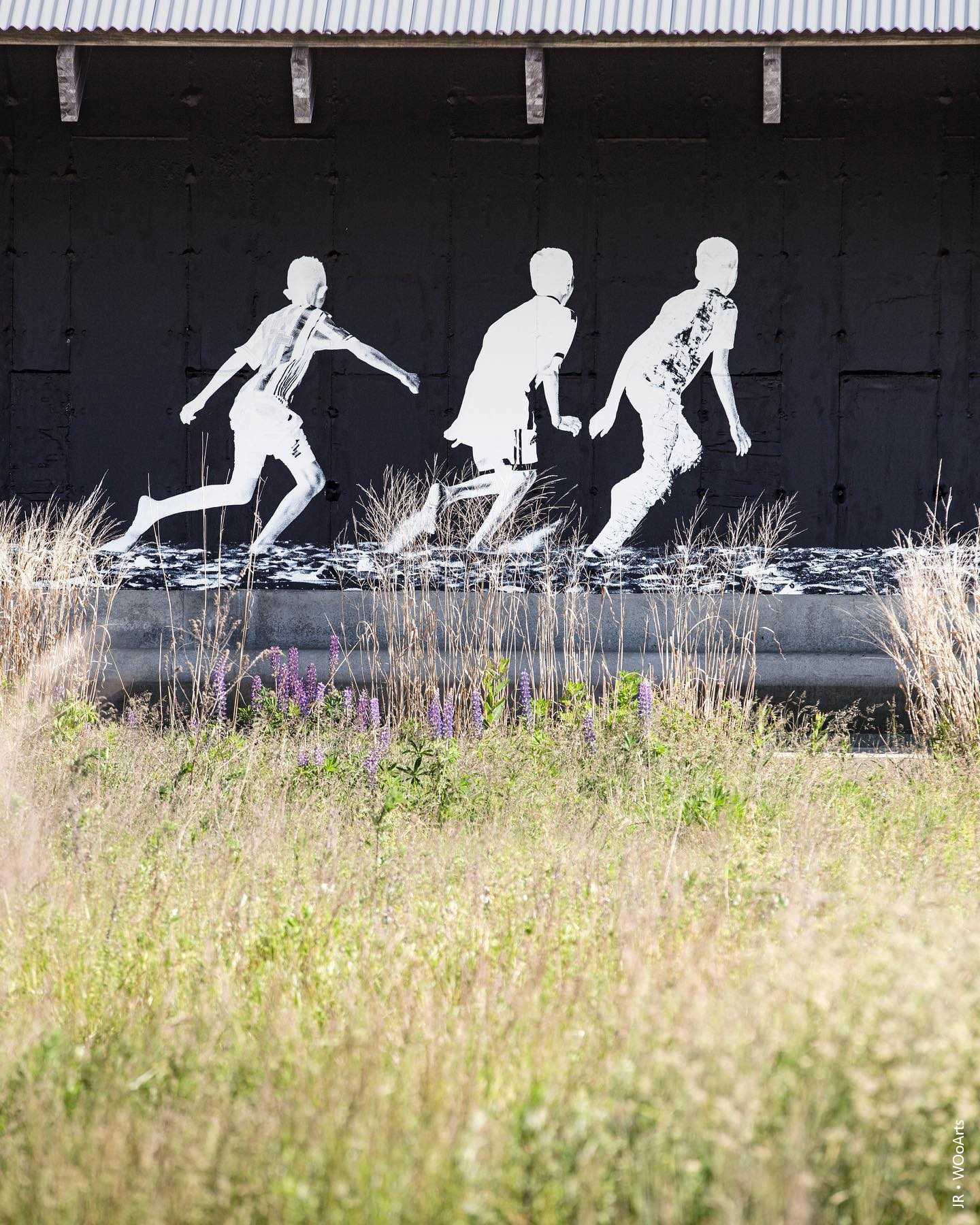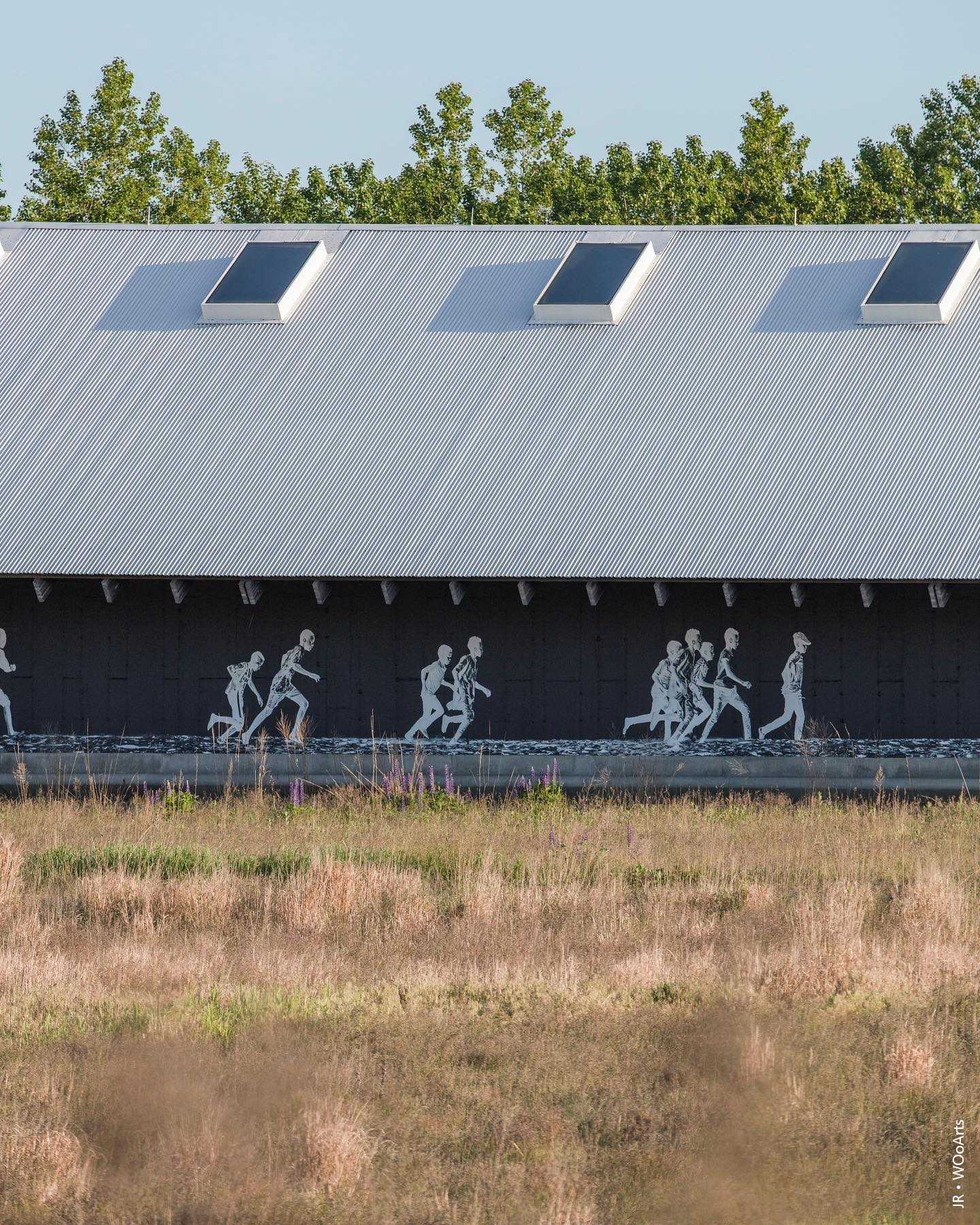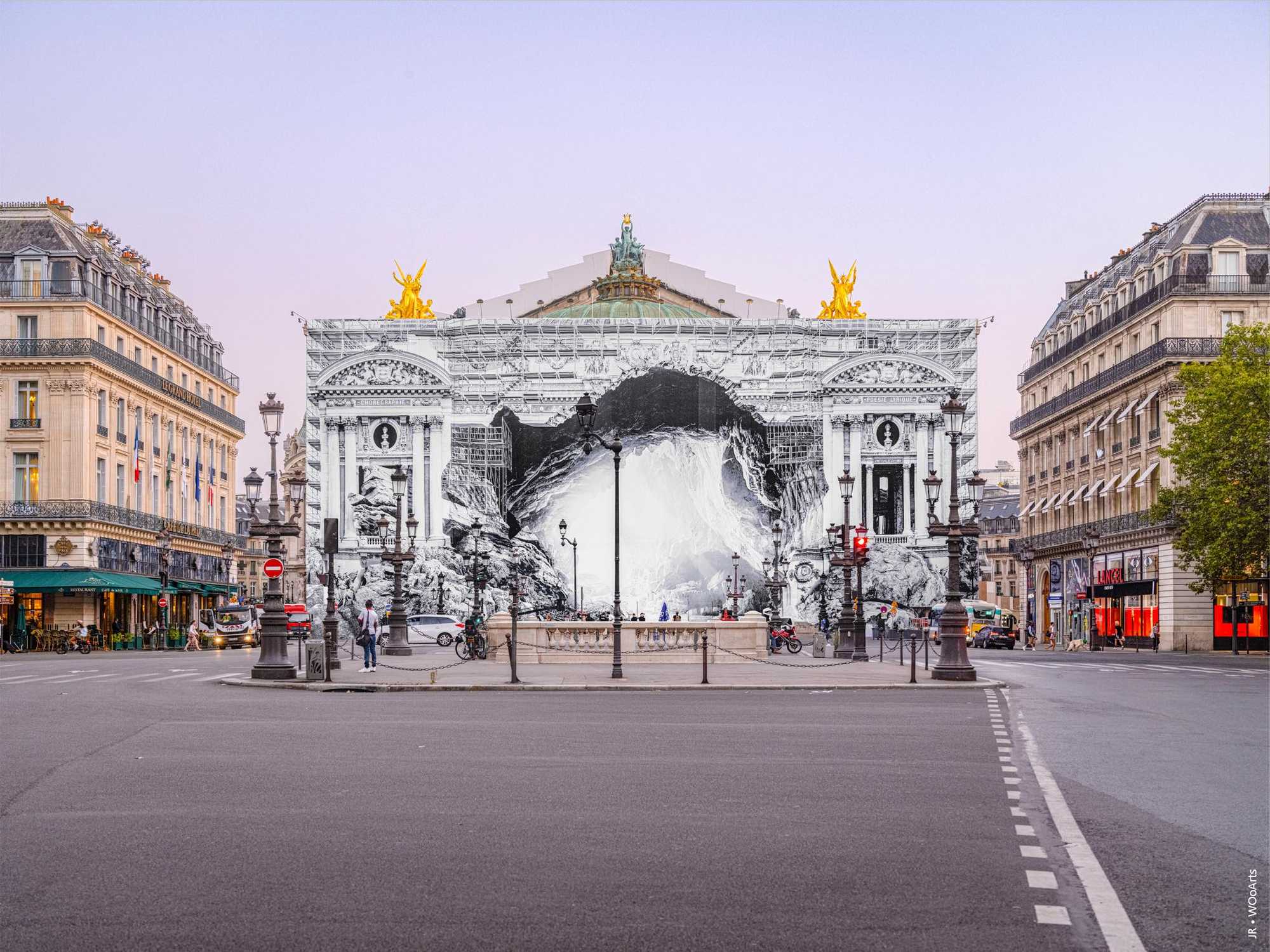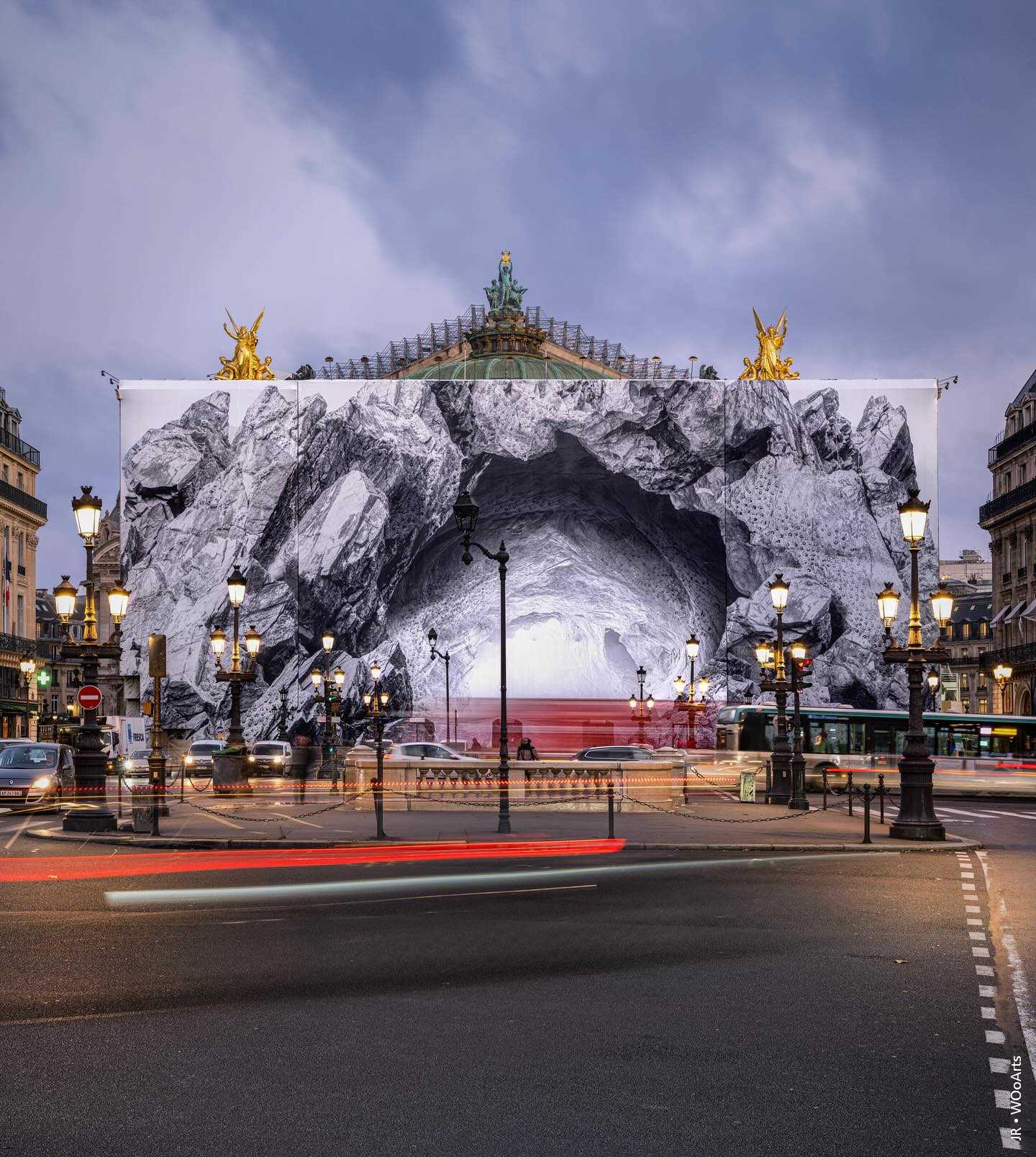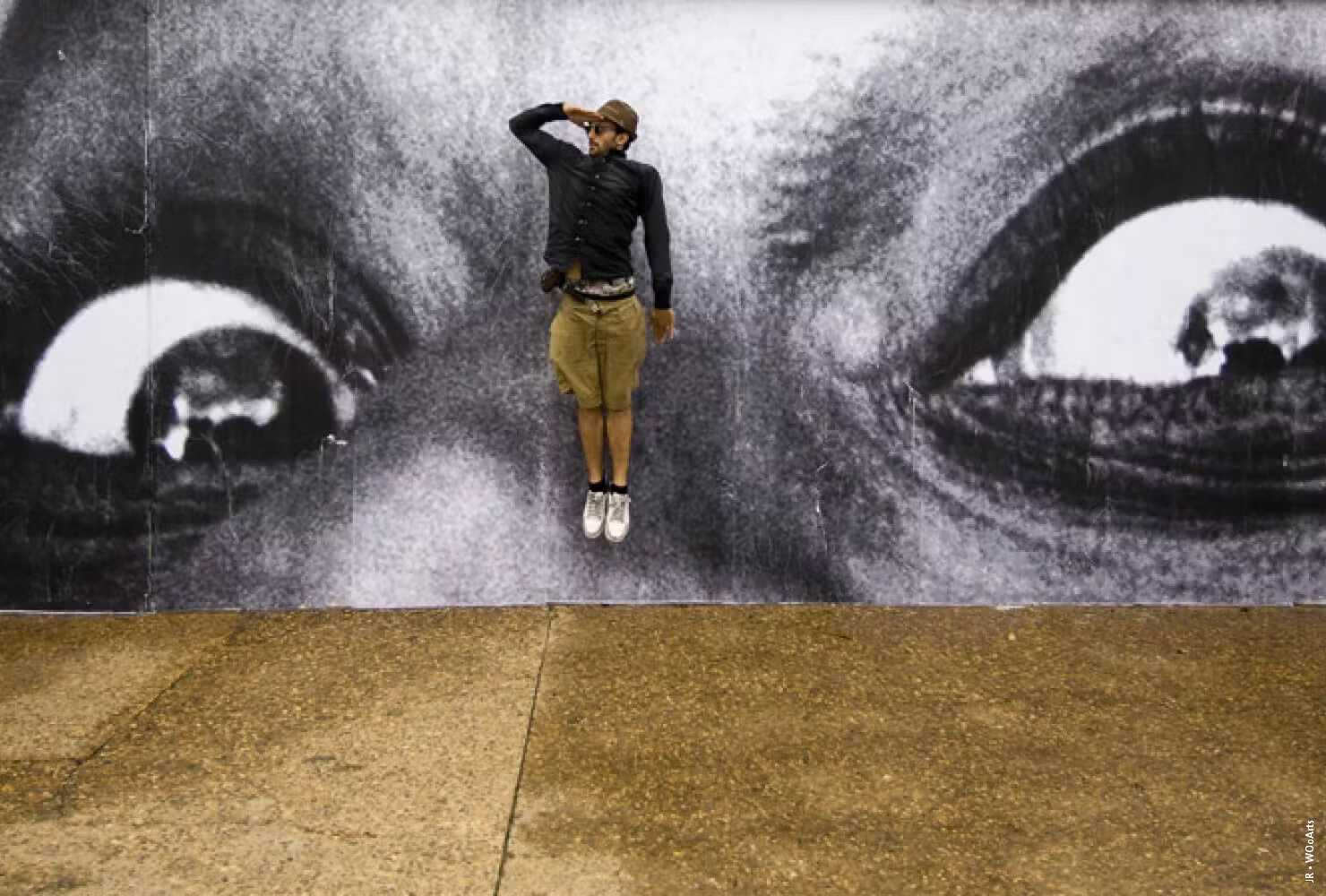Beyond the Walls: Unveiling the Canvas of JR’s Street Art Revolution
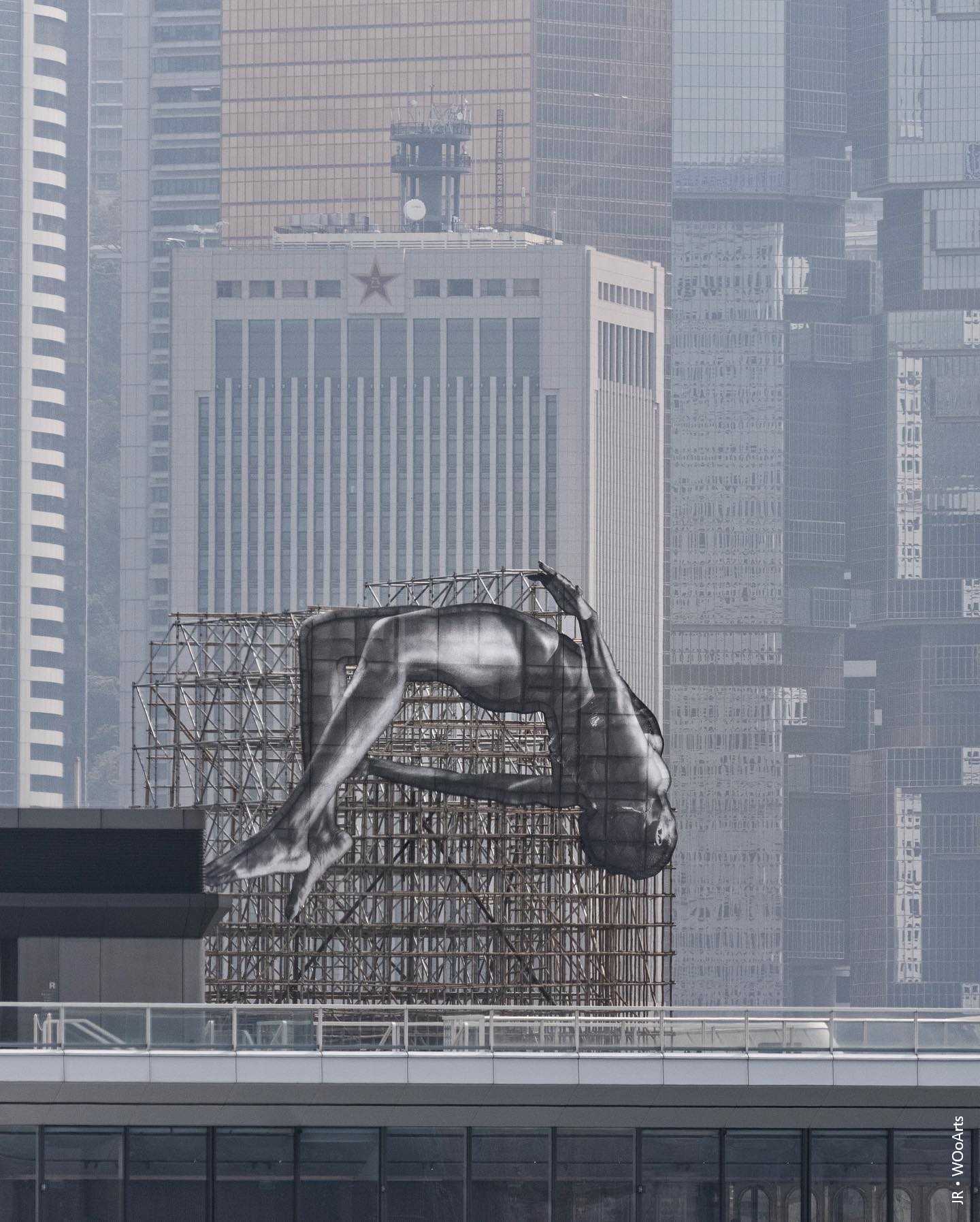
JR’s street art is a testament to the transformative power of visual storytelling. By infusing public spaces with monumental portraits, intentional anonymity, and participatory projects, he reshapes the narrative of urban environments. JR’s art challenges preconceptions, blurs boundaries, and invites a global audience to connect with shared human experiences. As he continues to redefine the landscape of street art, JR remains a pioneering force, reminding us that art has the power to transcend physical walls and create a collective tapestry of stories that resonate across borders.
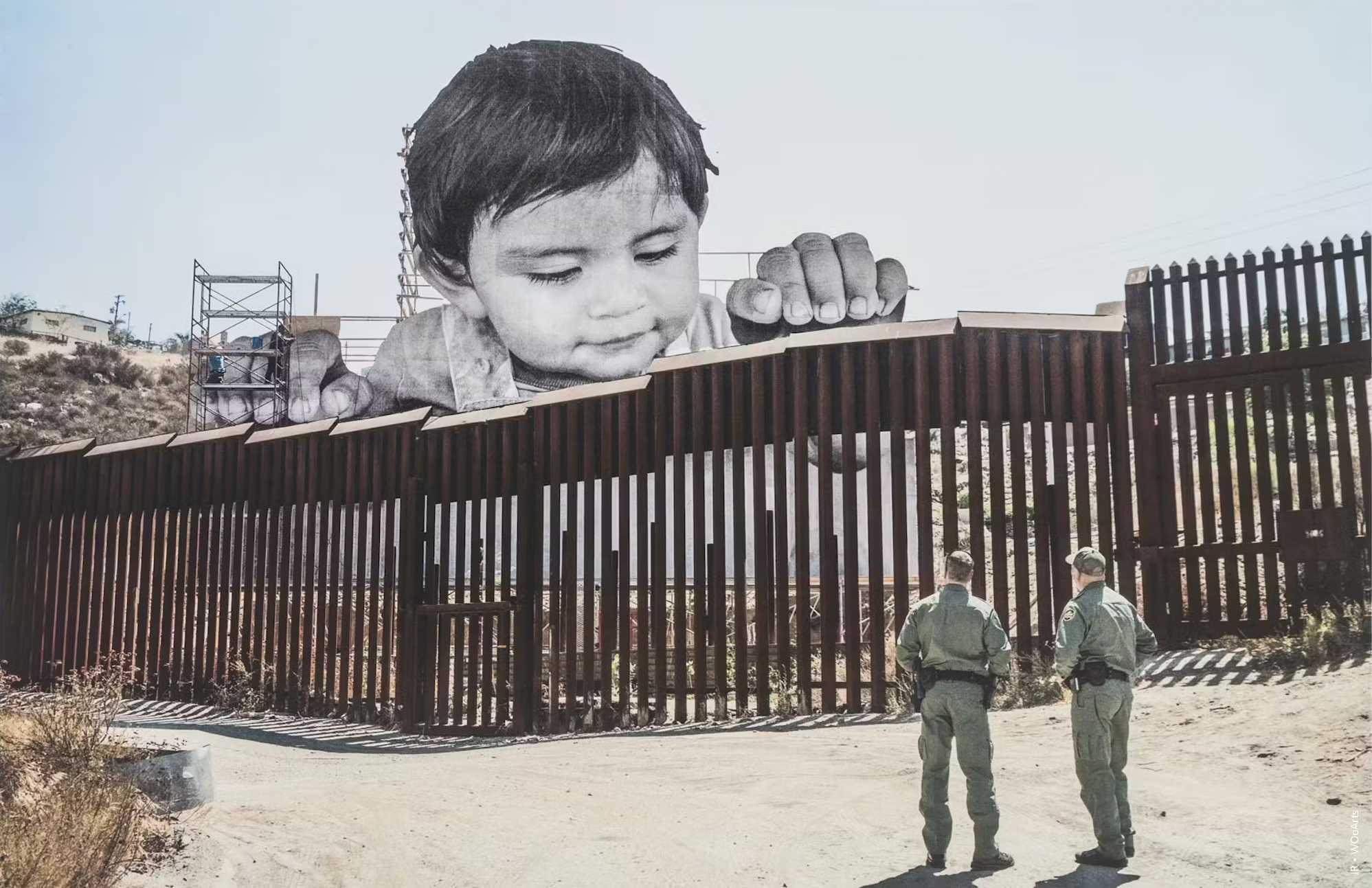
- Monumental Portraits: JR’s oversized portraits challenge the scale of traditional street art.
- Humanizing Urban Landscapes: Art becomes a tool for social commentary, transforming city spaces.
- Anonymity and Universality: Deliberate anonymity invites diverse interpretations and universal connections.
- Collaborative Participatory Art: JR’s projects empower communities and democratize the creative process.
- Optical Illusions and Trompe-l’œil: Playful techniques engage viewers, adding surprise to the artistic experience.

JR, the enigmatic street artist whose work transcends traditional boundaries, has become synonymous with a unique brand of art that engages, challenges, and transforms public spaces. From city walls to the facades of global institutions, JR’s art style disrupts conventional norms, making a powerful statement on society, identity, and human connection. In this critique, we dissect the multifaceted artistry of JR, exploring the visual language that defines his revolutionary approach to street art.
II. Humanizing Urban Landscapes: Street art, for JR, is not just about aesthetics; it’s a tool for social commentary. By placing these oversized portraits in unexpected urban locations, he transforms the mundane into a stage for human stories. JR’s art humanizes urban landscapes, prompting viewers to reconsider their surroundings and the people who inhabit them.
III. Anonymity and Universality: The deliberate choice of anonymity in JR’s subjects is a recurring theme. By stripping away individual identities, he invites viewers to project their own narratives onto the faces in his works. This intentional anonymity contributes to the universality of his art, allowing it to resonate across diverse cultures and contexts.
IV. Collaborative Participatory Art: JR’s art extends beyond the creation of images; it’s a catalyst for community engagement. Through large-scale participatory projects, he empowers communities to tell their own stories. This collaborative approach blurs the lines between artist and audience, democratizing the creative process.
V. Optical Illusions and Trompe-l’œil: JR often employs optical illusions and trompe-l’œil techniques in his work. Whether creating the illusion of peeling facades or using clever perspectives to deceive the eye, these techniques add an element of surprise and playfulness to his pieces, encouraging viewers to interact with the art in unexpected ways.
JR has the largest art gallery in the world. Thanks to his photographic collage technique, he exhibits his work free of charge on the walls of the whole world – attracting the attention of those who do not usually go to museums.
Originator of the 28 Millimeters Project which he started in and around Clichy-Montfermeil in 2004, continued in the Middle East with Face 2 Face (2007), in Brazil and Kenya for Women Are Heroes (2008-2011), the documentary for which was presented at the Cannes Film Festival in 2010 (Critics’ Week).
JR has created “Infiltrating art”. During his collage activities, the local communities take part in the act of artistic creation, with no stage separating actors from spectators. The anonymity of JR and the absence of any explanation accompanying his huge portraits leave him with a free space in which issues and actors, performers and passers-by meet, forming the essence of his work.
In 2011 he received the Ted Prize, giving him the opportunity to make a vow to change the world. He created Inside Out, an international participatory art project that allows people from around the world to receive a print of their portrait and then billboard it as support for an idea, a project, an action and share that experience.
In 2014, working with the New York City Ballet, he used the language of dance to tell his version of the riots in the Clichy-Montfermeil district. He created The Groves, a ballet and short film, the music for which was composed by Woodkid, Hans Zimmer and Pharrell Williams, and which was presented at the Tribeca Film Festival.
At the same time, JR worked in the abandoned hospital of Ellis Island, an important place in the history of immigration – and made the short film ELLIS, with Robert De Niro.
In 2016, JR was invited by the Louvre, whose pyramid he made disappear the with the help of an astonishing anamorphosis. The same year, during the Olympic Games in Rio, he created gigantic new sculptural installations throughout the city, to underline the beauty of the sporting gesture.
JR & Agnès Varda – Faces, Places.
In 2017, he co-directed with Agnès Varda “Faces, Place”s, screened the same year in the official selection out of competition for the Cannes Film Festival. The film won the Golden Eye (for best documentary) and was nominated for a Caesar and an Oscar in the same category in 2018. He has received other awards around the world.
In 2013, the first retrospectives of JR’s work took place in Tokyo (at the Watari-Um Museum) and the Cincinnati Contemporary Arts Center, followed by exhibitions at the Frieder Burda Museum in Baden Baden in 2014, and at the HOCA Foundation in Hong Kong in 2015. He exhibited in 2018 at the Maison Européenne de la Photographie in Paris, and in 2019 at the San Francisco Museum of Modern Art (SFMOMA) and the Brooklyn Museum.
JR is represented by Perrotin, PACE Gallery, Galleria Continua and Nara Roesler.
